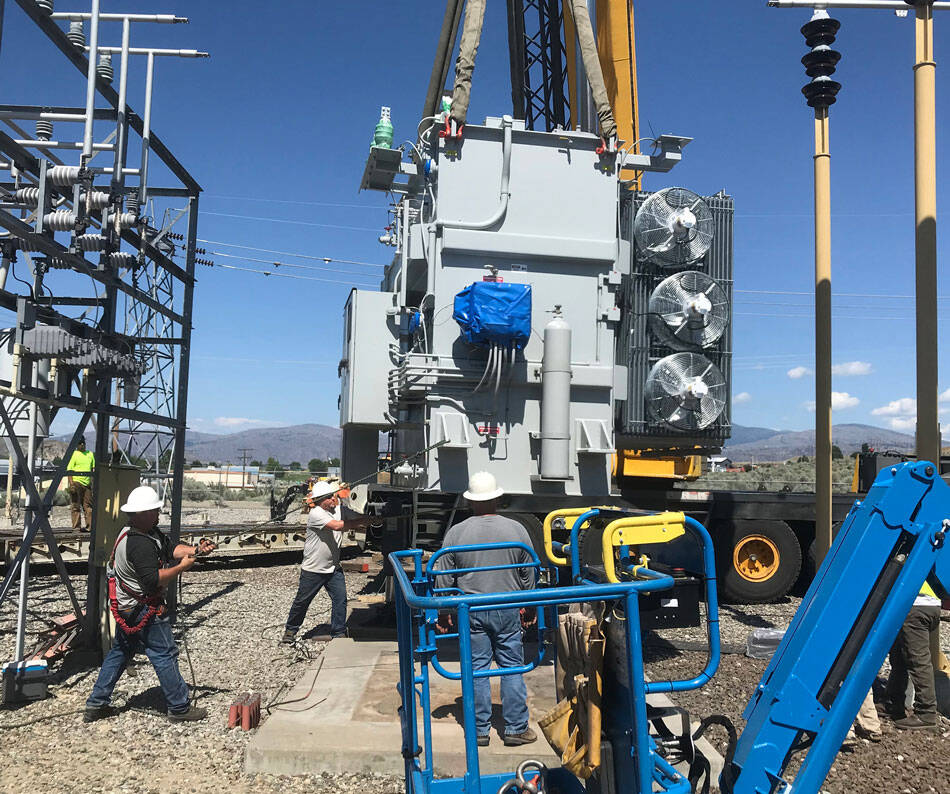By Randy Bracht – The Center Square
(The Center Square) – Washington state has been allocated more than $23.4 million in federal grant funding to make its energy grid more resilient against wildfires and other natural disasters.
U.S. Sen. Patty Murray, D-Wash., chair of the Senate Appropriations Committee, announced the allocation in an Aug. 31 news release. The funding was awarded to the Washington State Department of Commerce by the U.S. Department of Energy’s Grid Deployment Office and was authorized by the Bipartisan Infrastructure Law enacted in 2021 that Murray helped pass.
Murray said the Department of Energy’s Grid Resilience State and Tribal Formula Grants Program is designed to “strengthen and modernize America’s power grid against disruptive events and natural disasters.”
Funding is being distributed over five years based on such factors as population size, land area, probability and severity of disruptive events, and a locality’s “historical expenditures on mitigation efforts.”
Under that criteria, qualifying states, territories, and tribes will then allocate monies to a “diverse set of projects, with priority given to efforts that generate the greatest community benefit providing clean, affordable, and reliable energy,” Murray’s statement said, citing DOE’s webpage describing the grant program.
According to DOE, potential uses of the funding could include undergrounding of electrical equipment, relocating power lines or refitting lines with advanced low-sag conductors, vegetation and fuel load management, fire-prevention systems and weather- and fire-resistant technologies, replacement of old overhead conductors and underground cables, and various technologies such as battery-storage subcomponents and modeling, monitoring, and control measures.
Murray’s statement said global warming is stirring “more destructive storms that cripple broad segments of our nation’s aging electrical grid.”
She noted that weather and climate events can affect the reliability of all aspects of the grid — from power generation and transmission to demand needs. Disruptive events, such as wildfires, can damage physical components and lead to spikes in energy demand that overwhelm available electrical supplies causing brownouts and blackouts.
“The climate crisis is on our doorstep and families in Washington state are seeing its challenges firsthand, from extreme temperatures to increasingly dangerous wildfires,” said Murray.
“Making our grid more resilient and more able to withstand extreme weather events is absolutely critical to ensuring that families … aren’t left in the dark or in dangerous temperatures when disaster strikes,” said Murray, adding that she was “proud to have worked to secure this essential funding as part of the Bipartisan Infrastructure Law.”







